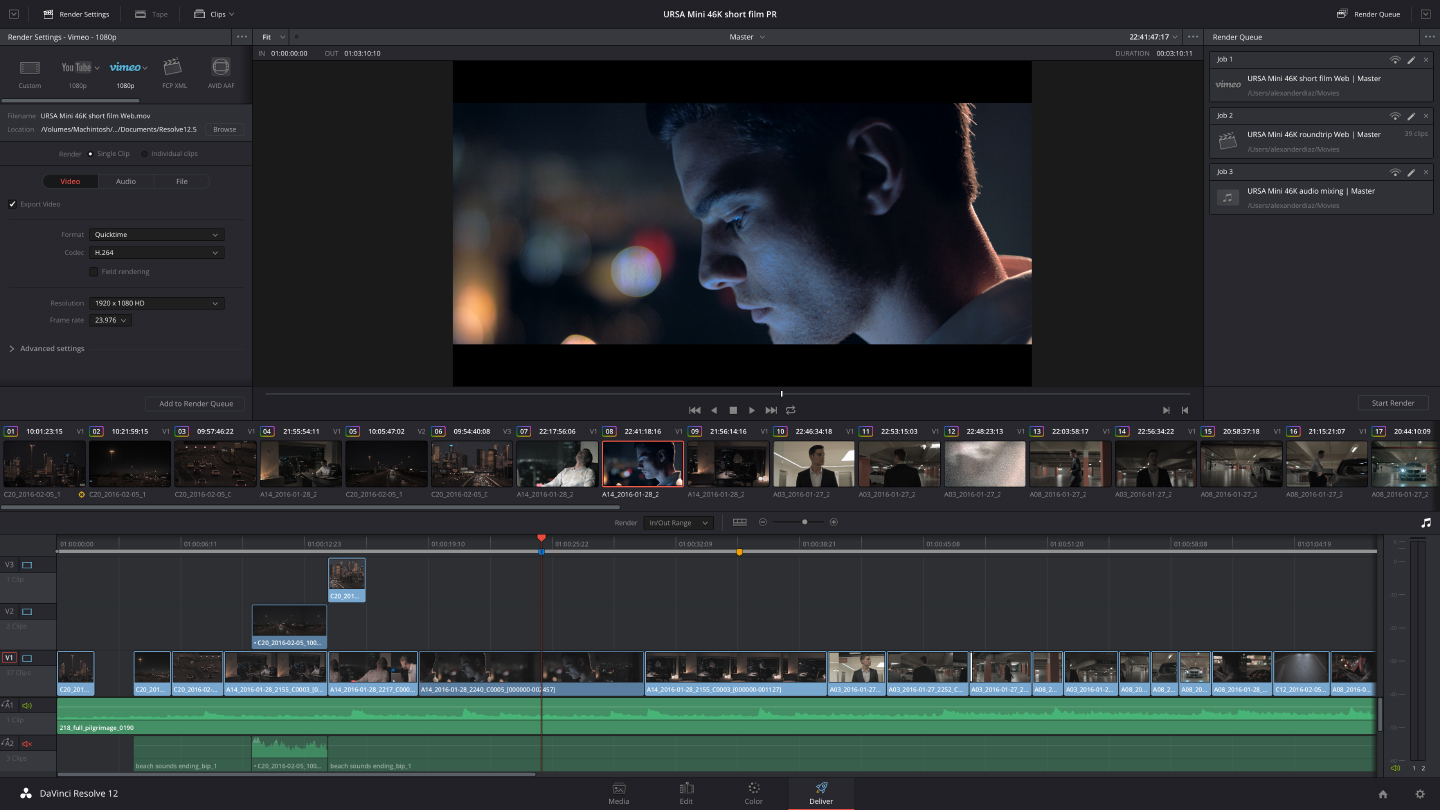

Still needs some tweaks and performance isn't quite the same as PPro, also missing some key shortcuts from PPro, including the invaluable "Ripple Trim Next/Previous Edit to Playhead" (. I've actually been testing Resolve 12 for the last few projects from start to finish and I'm fairly impressed with the edit page now. Bought Alex's course to help my slow (hopeful) transition from PPro. Just to point out, make sure you use the link that Rob put on the end of the post as it'll give you 70% off the course price. Saturation control, and then drops the left side (the shadows) of the curve down while slightly boosting the saturation of the midtones. In the Curves editor he selects the Luma vs. On that final node, he makes one adjustment. Any other nodes used to make adjustments to the image will be kept before this one. In order to keep the darker parts of the image relatively desaturated, he's creating a new serial node that he leaves at the end of the chain. What Alex is doing in his example above is simple. In DaVinci Resolve, however, there's a simple adjustment that allows you precisely control which parts of the image are saturated and which parts are not.

You adjust the saturation control and the entire range of shadows, midtones, and highlights has its saturation manipulated by exactly the same amount. And in many basic color correction plugins, that's definitely the case. It's easy to think that saturation is something that you can only adjust in one fell swoop, an adjustment that applies to the entire image and not individual parts or luma ranges.


 0 kommentar(er)
0 kommentar(er)
